What You Need To Know About Hyaluronic Acid – Unveiling the Beauty and Optimal Heath Secrets: 8 Amazing Benefits, Risks, and Safe Usage
Hyaluronic Acid – Unveiling the Beauty and Optimal Heath Secrets: Benefits, Risks, and Safe Usage
Overview
Hyaluronic Acid – When it comes to skincare and beauty, we often stumble upon various ingredients that promise to transform our appearance. One such compound that has gained immense popularity in recent years is hyaluronic acid (HA). With its hydrating and rejuvenating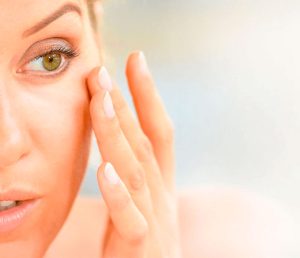
Understanding Hyaluronic Acid
Hyaluronic acid is a naturally occurring substance found in the human body, primarily in the skin, connective tissues, and eyes. It acts as a lubricant and cushioning agent, keeping tissues well-hydrated and maintaining their structural integrity. HA has the remarkable ability to retain water, allowing it to hold up to a thousand times its weight in moisture.
How Is HA Made?
Hyaluronic acid can be produced through various methods, including microbial fermentation and extraction from animal sources. The production methods and sources of HA may vary among manufacturers. Here are two common methods used to produce hyaluronic acid:
- Microbial Fermentation: This method involves using specific strains of bacteria, typically Streptococcus zooepidemicus or Bacillus subtilis, to produce HA through fermentation. The bacteria are cultured in a nutrient-rich medium under controlled conditions, allowing them to synthesize HA. Once the fermentation process is complete, the HA is extracted and purified from the bacterial culture.
- Extraction from Animal Sources: Another method of obtaining HA is by extracting it from animal tissues, commonly from rooster combs or cow’s eyes. Rooster combs are a particularly rich source of HA. The extraction process involves grinding or chopping the tissues, followed by enzymatic or chemical treatment to break down the extracellular matrix and release hyaluronic acid. The extracted HA is then purified through filtration and other purification techniques.
Regardless of the method used, the hyaluronic acid undergoes further purification steps to remove impurities, such as proteins and nucleic acids, ensuring a high level of purity and safety for use in various applications.
It’s important to note that the production methods can vary depending on the manufacturer and intended use of HA. Manufacturers adhere to quality standards and regulations to ensure the safety and efficacy of HA products.
The Amazing Benefits of Hyaluronic Acid
- Intense Moisturization: Hyaluronic acid’s ability to attract and retain moisture is its standout benefit. When applied topically, it forms a hydrating barrier on the skin, preventing moisture loss and promoting a plump, dewy complexion. This can help diminish the appearance of fine lines and wrinkles, as well as improve skin texture and elasticity.
- Skin Rejuvenation: As we age, our skin’s natural HA levels decline, leading to loss of volume and firmness. By incorporating HA into your skincare routine, you can help replenish these levels. HA stimulates collagen production, which is vital for maintaining skin’s structural integrity. The result is a more youthful-looking complexion with improved tone and reduced sagging.
- Wound Healing and Scar Reduction: Hyaluronic acid’s regenerative properties make it an excellent aid in wound healing. It helps create an optimal environment for cells to repair and regenerate, accelerating the healing process. Furthermore, HA has been utilized in the treatment of hypertrophic scars and keloids, helping to reduce their appearance.
- Joint Health: HA plays a crucial role in joint health and lubrication. It is a component of the synovial fluid that cushions and lubricates the joints, reducing friction and promoting smooth movement. Supplementing with HA may help alleviate joint discomfort, improve mobility, and support overall joint function. I personally HA oral for reducing inflammation in my joints.
- Eye Health: Hyaluronic acid is present in the vitreous humor of the eye, contributing to its structure and function. It helps maintain the shape of the eye, aids in lubrication, and supports healthy vision. Some eye drops and treatments utilize HA to relieve dry eyes and promote ocular health.
- Oral Health: HA has been studied for its potential benefits in oral health. It may help with gum healing and tissue repair after dental procedures, reduce inflammation in the gums, and improve overall oral health. Additionally, hyaluronic acid-based mouthwashes or gels may aid in treating certain oral conditions such as mouth ulcers or dry mouth.
- Digestive Health: Within the digestive system, HA helps maintain the integrity of the gastrointestinal lining. It supports the health and function of the gut mucosa, which is essential for proper nutrient absorption, a balanced gut microbiome, and overall digestive wellness.
- Wound Healing: In addition to its role in skin wound healing, HA has been studied for its potential benefits in other types of wound healing. It may aid in the healing of post-surgical wounds, burns, and ulcers by promoting tissue repair and reducing inflammation.
It’s important to note that while there is scientific evidence supporting these health benefits, further research is still ongoing to fully understand the extent of hyaluronic acid’s impact on various aspects of health.
Risks and Dangers of Hyaluronic Acid
- Allergic Reactions: Although rare, some individuals may experience allergic reactions to HA. It’s recommended to perform a patch test before using a new product to check for any adverse reactions. If you experience redness, itching, swelling, or a rash, discontinue use and consult a healthcare professional.
- Infection and Granuloma Formation: HA injections should be administered by a qualified medical professional in a sterile environment. When proper hygiene and sterility practices are not followed, there is a risk of infection. In some cases, the body may react to the injected HA, leading to the formation of granulomas—small, benign nodules. Choosing an experienced practitioner greatly minimizes these risks.
- Migration and Lump Formation: Rarely, HA injected into the skin can migrate from the initial injection site, causing uneven distribution or the formation of lumps. This is more likely to occur when injections are performed by inexperienced or unqualified individuals. Opting for skilled professionals helps reduce this risk.
- Bruising and Swelling: After HA injections, some individuals may experience temporary bruising, swelling, or redness at the injection site. These side effects usually resolve within a few days, but in some cases, they may persist for longer periods.
- Tyndall Effect: In rare cases, when HA is injected too superficially or in large quantities, a bluish tint known as the Tyndall effect may occur. This discoloration is caused by light scattering within the skin. It is more likely to happen with hyaluronic acid fillers that are not transparent or when injected in areas with thin skin, such as under the eyes. Choosing an experienced practitioner and discussing the risks beforehand can help minimize this possibility.
- Nodule Formation: In some instances, small nodules or bumps may develop under the skin after HA injections. These can occur if the product is injected too deeply or if there is an accumulation of the filler in a particular area. The risk of nodule formation can be minimized by selecting a skilled and experienced practitioner who uses proper injection techniques.
- Vascular Complications: Although rare, there is a small risk of vascular complications associated with hyaluronic acid injections. If the filler is inadvertently injected into a blood vessel, it can block the vessel and potentially lead to tissue damage or necrosis (tissue death). This
risk is reduced by seeking treatment from experienced medical professionals who are well-versed in facial anatomy and injection safety.
- Migration or Displacement: In some cases, hyaluronic acid fillers may migrate or shift from the initial injection site. This can cause unevenness or asymmetry in the treated area. Choosing a skilled practitioner who understands proper injection techniques and uses appropriate filler placement can help minimize this risk.
It’s crucial to consult with a qualified healthcare professional who specializes in cosmetic procedures and discuss any potential risks or concerns before undergoing HA treatments. They can provide personalized advice, assess your suitability for the procedure, and address any specific risks that may apply to you.
Supplementing with Hyaluronic Acid
While HA is commonly used in skincare and cosmetic procedures, it is also available as an oral supplement for everyday use. HA supplements are typically derived from microbial fermentation or extracted from animal sources such as rooster combs.
The idea behind taking oral HA supplements is to support the body’s natural production of HA and provide systemic benefits beyond topical applications. However, it’s important to note that the effectiveness of oral HA supplementation is still a subject of debate and ongoing research.
Here are a few key points to consider regarding oral hyaluronic acid supplements:
- Hydration and Joint Health: Oral HA supplements are often marketed for their potential to promote joint health and improve skin hydration from within. The rationale is that by increasing HA levels in the body, it can help retain moisture in the skin and support joint lubrication.
- Absorption and Bioavailability: One of the challenges with oral HA supplementation is its absorption and bioavailability. HA molecules are large and can be difficult for the body to absorb intact. Some studies suggest that orally consumed HA may undergo partial degradation during digestion and have limited systemic absorption.
- Dosing and Duration: The appropriate dosage of oral hyaluronic acid supplements can vary depending on the specific product and individual needs. It’s important to follow the instructions provided by the manufacturer or consult with a healthcare professional to determine the right dosage and duration of supplementation.
- Individual Variations: The effects of oral HA supplementation may vary among individuals. Factors such as age, overall health, and the body’s ability to produce and utilize HA can influence the outcomes.
While some individuals report positive experiences with oral HA supplementation, more research is needed to fully understand its effectiveness and determine the optimal dosage and formulation. It’s advisable to consult with a healthcare professional before starting any new supplement regimen to ensure it aligns with your specific health needs and goals.
Safe Usage and Precautions
- Seek Professional Guidance: When considering HA injections, consult a qualified healthcare professional who specializes in cosmetic procedures. They will assess your needs, provide proper guidance, and administer the treatment safely.
- Patch Test: Before using a new skincare product containing HA, apply a small amount to a patch of skin and observe for any adverse reactions for at least 24 hours. This helps identify potential allergies or sensitivities.
- Choose Reputable Brands: Select skincare products and dermal fillers from trusted brands known for their quality and safety standards. Look for products with transparent ingredient lists and good customer reviews.
- Follow Instructions: Adhere to the recommended usage instructions provided with hyaluronic acid products, whether for topical application or injectable use. Following instructions ensures proper and safe usage.
- Ophthalmology: HA is used in ophthalmic surgeries and treatments. It can be used as a lubricating agent in eye drops or as a viscoelastic solution during cataract surgery, aiding in intraocular lens implantation and maintaining proper eye structure.
- Orthopedics: HA injections are commonly used in the treatment of osteoarthritis. It can be injected directly into affected joints, such as the knee, to provide temporary pain relief, reduce inflammation, and improve joint mobility.
- Wound Care: Hyaluronic acid-based products are used in wound healing and management. They create a moist environment that promotes tissue repair, accelerates wound closure, and reduces the risk of infection. HA dressings or gels can be used for various types of wounds, including surgical incisions, burns, and chronic ulcers.
- Dermal Repair: In addition to cosmetic purposes, HA fillers can be used for reconstructive purposes. They can help restore volume and shape in patients with facial lipoatrophy (loss of fat tissue) due to conditions like HIV or as a result of trauma or surgical procedures.
- Drug Delivery Systems: HA-based drug delivery systems have been developed to enhance the targeted delivery of pharmaceuticals. Its biocompatibility, biodegradability, and ability to retain water make it a suitable candidate for controlled release of drugs, particularly in localized treatments.
Remember, while HA offers significant benefits, it’s essential to approach its usage with caution and prioritize safety. Consulting professionals, conducting patch tests, and using reputable products are key steps to ensure a positive and risk-minimized experience. Research and development continue to explore new applications for HA in various fields, including tissue engineering, regenerative medicine, and drug delivery.
Final Thoughts
Hyaluronic acid has rightfully earned its place as a skincare powerhouse due to its remarkable moisturizing and rejuvenating properties. When used properly and under professional guidance, it can contribute to healthier, more radiant skin. However, it is crucial to be aware of potential risks and exercise caution when using HA-based products or considering injectable treatments. Remember to consult with a qualified professional and prioritize safety throughout your skincare journey.
For natural and healing remedies, products, and supplements that can help you live your most optimal healthy life, visit our store here!
To Your Health!
References
- Papakonstantinou, E., Roth, M., & Karakiulakis, G. (2012). Hyaluronic acid: A key molecule in skin aging. Dermato-endocrinology, 4(3), 253–258.
- Longas, M. O., Russell, C. S., & He, X. (1989). Evidence for structural changes in dermatan sulfate and hyaluronic acid with aging. Carbohydrate research, 190, 39–48.
- Volpi, N. (2012). Skin Functionality and Skin Care Ingredients. Cosmetics, 25(1), 16–26.
- Sundaram, H., & Cassuto, D. (2017). Biophysical characteristics of hyaluronic acid soft-tissue fillers and their relevance to aesthetic applications. Plastic and reconstructive surgery. Global open, 5(9), e1378.
- Oe, M., et al. (2016). Oral hyaluronan relieves knee pain: a review. Nutrition journal, 15(1), 11.
- Viljanen, H., et al. (2018). Oral hyaluronan relieves wrinkles: a double-blinded, placebo-controlled study over a 12-week period. Clinical, cosmetic and investigational dermatology, 11, 195–201.
- Crowley, D. C., et al. (2009). Safety and efficacy of undenatured type II collagen in the treatment of osteoarthritis of the knee: a clinical trial. International journal of medical sciences, 6(6), 312–321.
- Wang, Y., et al. (2019). Oral administration of low molecular weight hyaluronan (LMW-HA) modifies the gut microbiota in mice. Food & function, 10(12), 8155–8167.
- Sundaram, H., & Cassuto, D. (2017). Biophysical characteristics of hyaluronic acid soft-tissue fillers and their relevance to aesthetic applications. Plastic and reconstructive surgery. Global open, 5(9), e1378.
- Micheels, P., Sarazin, D., Tran, C., & Salomon, D. (2015). Treatment of soft tissue filler complications: expert consensus recommendations. Aesthetic surgery journal, 35(6 Suppl), S6–S13.
- Grunebaum, L. D., & Bogdan Allemann, I. (2010). Safety and complications of injectable fillers: a review of the literature. Journal of drugs in dermatology, 9(9), 1089–1098.
- Prasetyo, A. D., Prager, W., & Rubin, M. G. (2021). A systematic review of the management of hyaluronic acid filler complications. Aesthetic plastic surgery, 45(3), 1116–1127.
- Laurent, T. C., & Fraser, J. R. (1992). Hyaluronan. FASEB journal, 6(7), 2397–2404.
- Chen, W. Y., Abatangelo, G., & Greenspan, D. S. (1999). Cooperative interaction between growth factors and integrins in the elevation of endothelial cell monolayer permeability. Journal of cell science, 112(Pt 16), 2667–2678.
- Kogan, G., Soltés, L., Stern, R., & Gemeiner, P. (2007). Hyaluronic acid: a natural biopolymer with a broad range of biomedical and industrial applications. Biotechnology letters, 29(1), 17–25.
- Voltarelli, D. A., Teixeira, J. J., Santos, E. P., da Silva, M. A., Moreira, M. M., & de Melo, M. P. (2013). Hyaluronic acid accelerates wound healing in injured rat oral mucosa. Brazilian dental journal, 24(4), 306–310.
- Agarwal, P., & Rupenthal, I. D. (2017). Injectable implants for the sustained release of protein and peptide drugs. Drug discovery today, 22(5), 718–725.
- Balazs, E. A., & Denlinger, J. L. (1972). Viscosupplementation: a new concept in the treatment of osteoarthritis. Journal of Rheumatology, 4(3), 233–235.
- Janković, A., & Nikolić, L. (2017). Hyaluronic acid preparations in ophthalmology. The open ophthalmology journal, 11, 347–353.
- Price, R. D., Das-Gupta, V., & Leigh, I. M. (2001). Hyaluronan: a possible role in epidermal morphogenesis. Journal of cell science, 114(Pt 12), 2497–2508.
- Rother, S., Stricker-Krongrad, A., & Nuss, A. M. (2017). Fermentation of Streptococcus zooepidemicus and Bacillus subtilis for hyaluronic acid production. Methods in molecular biology (Clifton, N.J.), 1626, 117–125.
- Poh, S., & Hutmacher, D. W. (2019). Natural biomolecule-based products: Extracting, purifying, and analyzing hyaluronic acid. In D. W. Hutmacher & S. Poh (Eds.), Natural biomolecule-based products: Extraction, purification, and characterization (pp. 177–204). Springer.
Featured Image Credit: Image by Freepik;Image by kotkoa on Freepik;

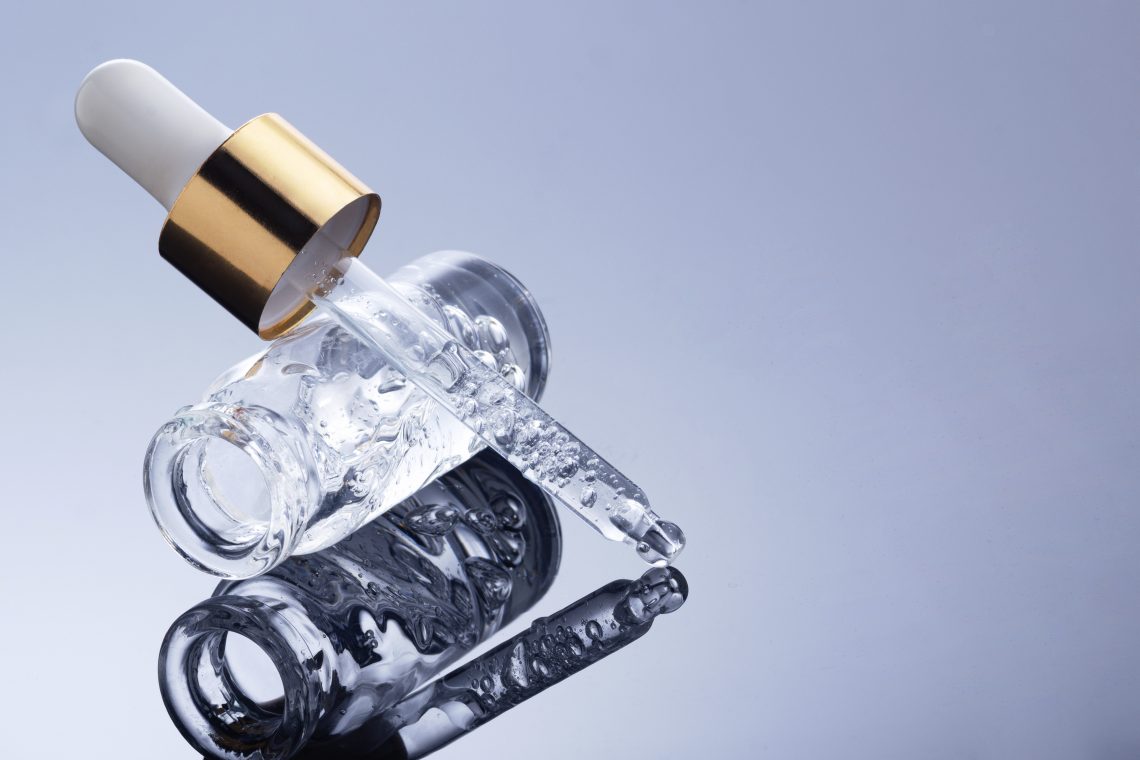
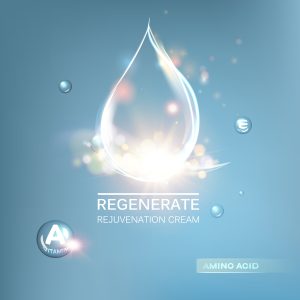




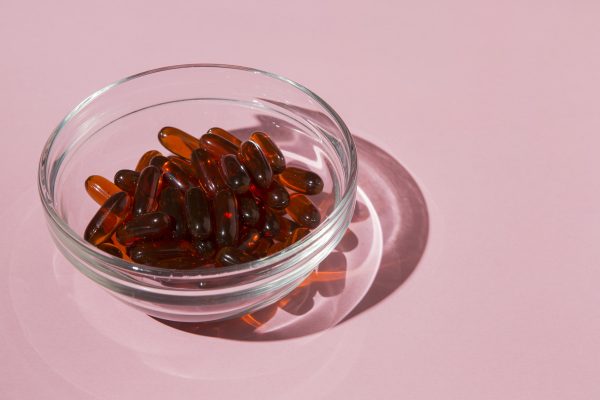






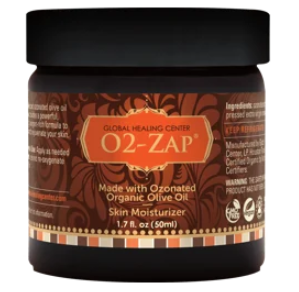
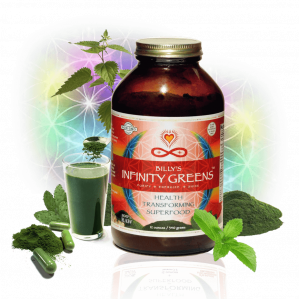
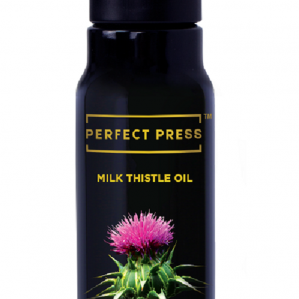
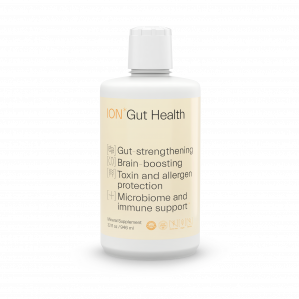
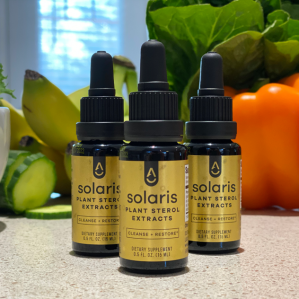











0 Comment